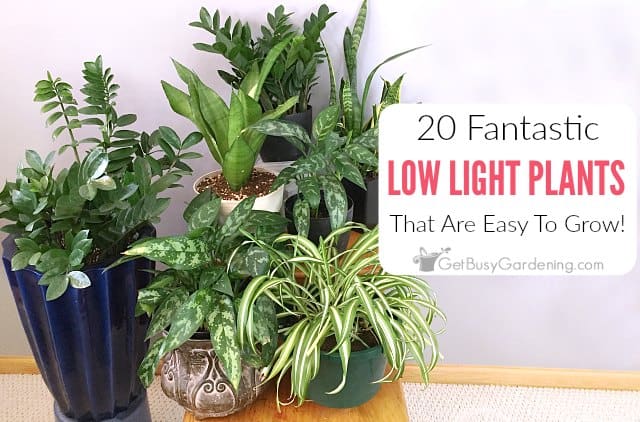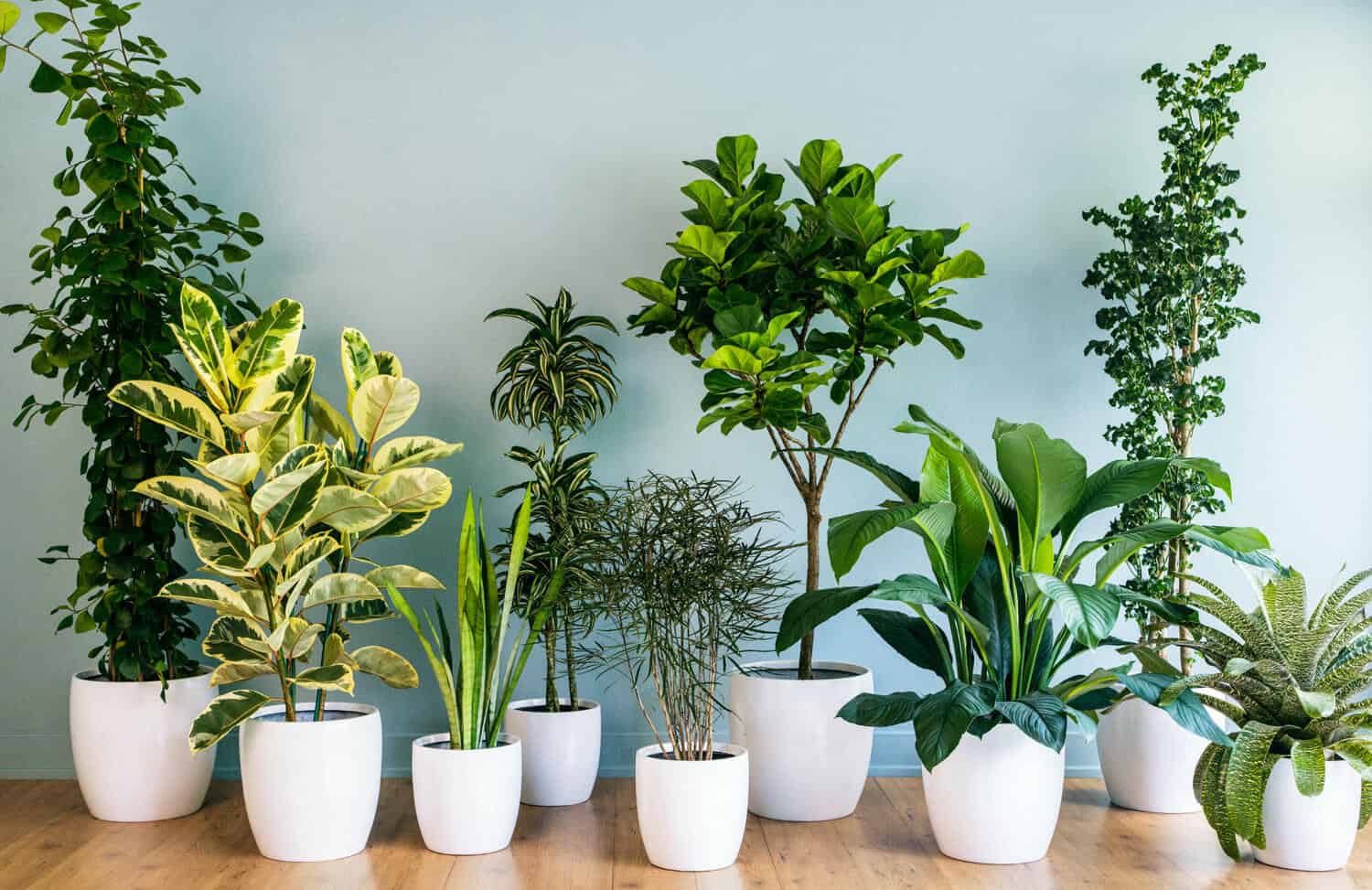Top Picks for the Best Low-Light Indoor Plants to Brighten Your Room
Top Picks for the Best Low-Light Indoor Plants to Brighten Your Room
Blog Article
Transform Your Home With Beautiful Low-Light Indoor Plants and Their Benefits
Including low-light interior plants into your home can considerably improve both the visual and ecological quality of your living rooms. These plants, which thrive in dim problems, serve not just as ornamental components but also as all-natural air purifiers, making them optimal for city dwellers or those with limited sunshine exposure. As we check out the different kinds of low-light plants and their benefits, you might discover surprising ways to incorporate them right into your home that can change your environments in methods you may not have anticipated.
Benefits of Low-Light Plants
Low-light plants use numerous benefits for interior environments, making them an excellent option for both newbie and experienced gardeners. Among the main benefits is their flexibility to low-light problems, permitting people to boost their living areas without the need for extensive sunshine direct exposure. This particular makes them optimal for apartments, workplaces, and other areas with limited all-natural light.

Additionally, integrating low-light plants into home decoration can raise the aesthetic appeal of a space. Their lavish vegetation and varied appearances create a soothing ambience, adding to overall well-being. The visibility of plant has actually been connected to lowered anxiety levels and improved efficiency, making low-light plants a useful choice for enhancing both physical and mental wellness in interior settings.
Top Low-Light Indoor Plants
While several indoor plants grow in bright light, numerous types are especially fit for low-light problems, making them optimal for different interior areas. One popular option is the Serpent Plant (Sansevieria), known for its striking upright fallen leaves and durability, requiring minimal treatment. Another superb option is the Pothos (Epipremnum aureum), which includes heart-shaped fallen leaves and can track magnificently from shelves or wall mounts, flourishing in reduced light and adding a rich touch.
The ZZ Plant (Zamioculcas zamiifolia) is commemorated for its glossy leaves and ability to hold up against neglect, making it best for busy lifestyles. The Peace Lily (Spathiphyllum) not just tolerates low light however likewise produces magnificent white blooms, enhancing any kind of area's visual.
For an one-of-a-kind touch, think about the Cast Iron Plant (Aspidistra elatior), which indeed lives up to its name, thriving in the darkest corners of your home. The Chinese Evergreen (Aglaonema) supplies a range of leaf patterns and colors while being incredibly flexible in low-light conditions. These plants not just enhance indoor environments but additionally add to air purification, enhancing your space.
Care Tips for Low-Light Plants

Watering techniques are crucial; these plants commonly like a little completely dry conditions. Overwatering can lead to root rot, so make certain that the leading inch of dirt is dry before watering once more. Use pots with water drainage openings to permit excess dampness to leave.
Moisture is another crucial variable. Numerous low-light plants, such as brushes and tranquility lilies, benefit from greater humidity my site levels. To enhance moisture, take into consideration misting the leaves or positioning a tray of water near the plants.
Fertilizing should be approached with care. Throughout the growing season, make use of a thinned down, balanced liquid fertilizer monthly to support growth, however avoid feeding throughout the inactive winter season.

Creative Ways to Show Plants
Interior plants can serve as fascinating prime focus in any room, improving both visual charm and atmosphere. Imaginative displays can elevate the visual impact of low-light plants, making them an indispensable part of your home decoration. One reliable method is to utilize tiered plant stands, which allow you to showcase numerous plants at varying elevations while making best use of flooring space.
Hanging planters are one more cutting-edge option, producing a sense of depth and drawing the eye up. Consider macramé wall mounts or wall-mounted racks to present an one-of-a-kind structure and design.
For an extra organized strategy, usage geometric terrariums or glass containers to house your plants, including a modern touch to your interior garden. You can additionally repurpose vintage products, such as teacups or wood pet crates, for an eclectic display screen that mirrors your character.
Enhancing Home Ambiance With Plants
Incorporating low-light plants right into your home not just enhances aesthetic appeal yet additionally adds dramatically to the general ambiance. These plants serve as natural design aspects, presenting a sense of serenity that can transform any area. The presence of plant promotes a calming ambience, which is especially helpful in high-stress settings such as home offices or living rooms.
Low-light plants, such as serpent plants, pothos, and ZZ plants, are not just aesthetically pleasing but likewise enhance indoor air high quality by filtering system contaminants. This dual feature boosts the setting further, producing a much healthier living area (Best low-light indoor plants). The critical positioning of these plants can additionally influence the perception of space; for example, tall plants can attract the eye up, making ceilings show up greater and areas much more spacious
Additionally, differing textures and shades of vegetation add depth to interior Learn More decoration, enabling for imaginative expression in home styling. Whether put on shelves, in edges, or as centerpieces, low-light plants can boost the state of mind of any kind of area. In summary, including these plants into your home is an effective means to cultivate a warm, inviting atmosphere while profiting of improved air high quality and visual adaptability.
Conclusion
Including low-light interior plants into home environments supplies countless advantages, consisting of enhanced visual charm and improved air top quality. These resistant plants, such as the Snake Plant and Peace Lily, call for marginal light and maintenance, making them ideal for diverse lifestyles.
While many indoor plants thrive in intense light, numerous varieties are particularly appropriate for low-light conditions, making them suitable for different interior areas. One efficient technique is to make use of tiered plant stands, which enable you to display numerous plants at varying elevations while making the most of flooring space.
Low-light plants, such as snake plants, pothos, and ZZ plants, are not only visually pleasing however also improve interior air quality by filtering toxins. Best low-light indoor plants. The critical positioning of these plants can likewise influence the understanding of space; for instance, high plants can attract the eye upwards, making ceilings appear greater and spaces extra sizable
These durable plants, such as the Snake Plant and Peace Lily, call for check over here marginal light and upkeep, making them ideal for diverse way of lives.
Report this page